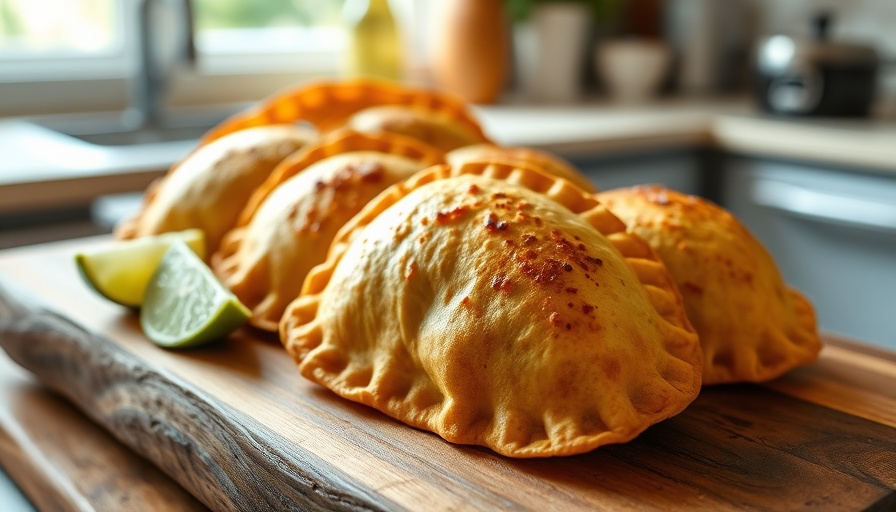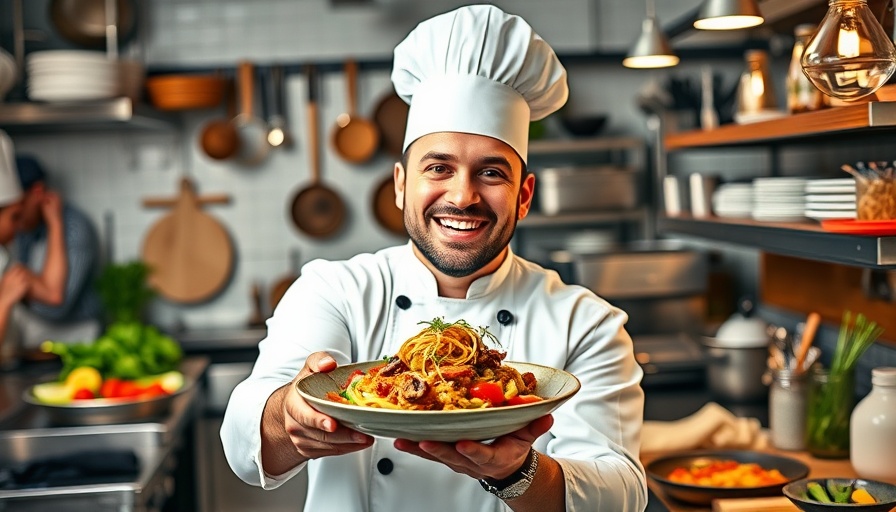
Discovering the Secrets of Peruvian Bread
The culinary landscape of Peru is as rich as its history, with diverse flavors whispered through its iconic dishes. Today, we're diving into a beloved treat: Pan Francés. In the video PAN FRANCES, we’re shown the importance of homemade bread, especially when served alongside traditional staples like chicharrón or butifarra. For Peruvian restaurant owners, understanding how to craft this bread can enhance your breakfast offerings and attract morning crowds.
In PAN FRANCES, we learn how to create this delightful bread, highlighting its importance in Peruvian breakfast and inspiring our deeper exploration.
A Step-By-Step Guide to Pan Francés
To make authentic Pan Francés, gather the following ingredients: 500 grams of all-purpose flour, 300 grams of water, 10 grams of fat, 15 grams of sugar, 10 grams of salt, and 5 grams of fresh yeast. The process begins by activating the yeast in warm water mixed with sugar, allowing it to bloom—a crucial step that will give your bread its delightful rise.
As the video shows, each step requires care and precision, whether it's mixing the ingredients or kneading the dough. After forming the dough, allow it to rest for about 10-15 minutes before dividing it into 60-gram pieces. Patience is key here; allow the dough to rise adequately for about two hours until it doubles in size.
Adding the Personal Touch: Your Café's Unique Offerings
Now comes the fun part—baking! Preheat your oven to 200°C (400°F) and bake the rolls for 15 minutes. The aroma that fills your kitchen will be irresistible! Once baked, serve your Pan Francés with an array of toppings, like creamy avocado, ensuring it pairs well with traditional dishes.
As a restaurant owner, you have the opportunity to elevate your breakfast menu by including Pan Francés, offering customers a taste of home that resonates deeply with Peruvian culture.
Why Authentic Recipes Matter
Serving traditional Peruvian dishes like Pan Francés in your restaurant isn't just about bread; it's about culture. Authentic recipes connect diners to their heritage, making meals memorable. From ceviche peruano to lomo saltado, every dish tells a part of Peru's story. Your restaurant can act as a custodian of these narratives, nurturing nostalgia and promoting cultural pride.
Engaging Your Customers Through Culture
More than just food, incorporating emblematic Peruvian dishes fosters a sense of community. Your customers crave not only great flavors but also the stories behind them—inviting them to share experiences over meals. Consider hosting events that celebrate these traditional recipes, like a Pan Francés breakfast special, that encourage patrons to explore and learn about authentic culinary traditions.
In conclusion, PAN FRANCES explores the ins and outs of creating Peruvian-style bread that can bring warmth and tradition to your menu. By providing a slice of home through your dishes, you engage your audience on a deeper level, making your restaurant a cherished part of their culinary journey. So why not start your baking adventure today?
Let's embark on this flavorful journey together! Dive into the art of authentic Peruvian recipes as you craft your unique menu. What will you bake next?
 Add Row
Add Row  Add
Add 




Write A Comment